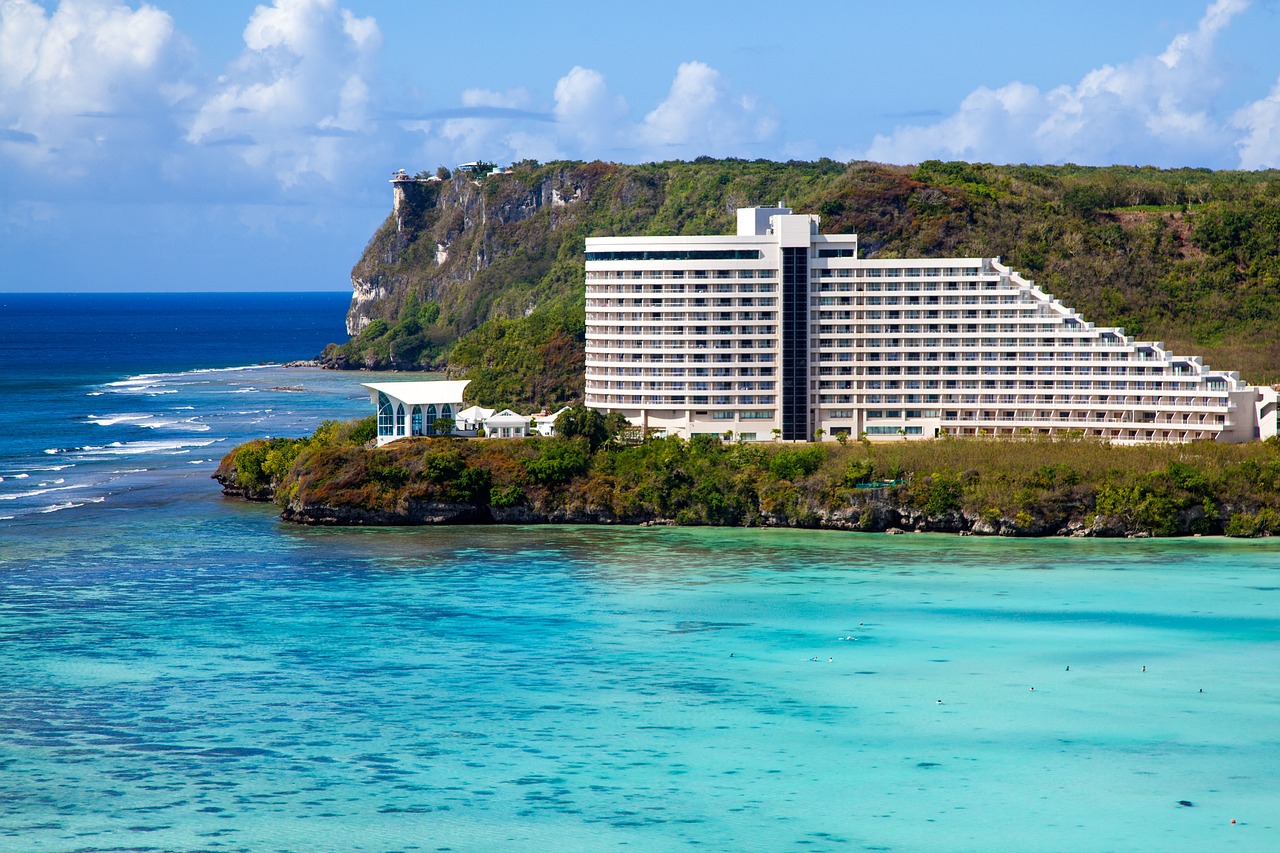Guam Video
Language and Communication: Overcoming Barriers in Guam
Guam is a beautiful island territory located in the western Pacific Ocean. As a popular tourist destination, it attracts visitors from all around the world. With such a diverse mix of people, languages, and cultures, language and communication play a crucial role in ensuring effective interaction and understanding among individuals. In this article, we will explore the various barriers to language and communication in Guam and discuss strategies to overcome them.
Section 1: Importance of Language and Communication
Effective language and communication are essential for fostering meaningful connections, building relationships, and facilitating cooperation and understanding. In a multicultural and multilingual society like Guam, where English, Chamorro, and other languages are spoken, the ability to communicate effectively is vital for social, educational, and economic purposes. Language and communication barriers can hinder personal and professional growth, limit opportunities, and lead to misunderstandings and conflicts.
- Linguistic Diversity: Guam is home to a diverse range of languages and dialects. While English and Chamorro are widely spoken, there are also communities that speak Tagalog, Japanese, Korean, and other languages. The linguistic diversity poses challenges in terms of understanding and communicating with individuals from different language backgrounds.
- Cultural Differences: Cultural differences can significantly impact communication. Different cultures have unique communication styles, non-verbal cues, and social norms. Understanding and respecting these cultural differences is crucial for effective communication in Guam.
- Language Proficiency: Not everyone in Guam may be proficient in English or Chamorro, which are the two official languages. Limited language proficiency can create barriers to communication, particularly for individuals who rely on translators or interpreters.
Section 2: Overcoming Language Barriers
To overcome language barriers in Guam, various strategies can be employed to promote effective communication and understanding among individuals from different linguistic backgrounds.
- Language Education: Investing in language education programs can enhance language proficiency and promote bilingualism among the population. This can help individuals communicate more effectively in both English and Chamorro, leading to improved interactions and understanding.
- Translation and Interpretation Services: Establishing translation and interpretation services can bridge the language gap and facilitate communication between individuals who do not share a common language. These services can be provided in public institutions, schools, healthcare facilities, and other essential settings.
- Cultural Sensitivity Training: Offering cultural sensitivity training to individuals working in customer service, hospitality, and other industries can help them understand and respect different cultural norms and communication styles. This can lead to better cross-cultural communication and improved customer satisfaction.
Section 3: Overcoming Communication Barriers
In addition to language barriers, communication barriers can also arise due to various factors. Overcoming these barriers is crucial for effective communication in Guam.
- Active Listening: Encouraging active listening skills can improve communication. Active listening involves paying full attention to the speaker, understanding their perspective, and responding appropriately. This can help prevent misunderstandings and promote effective communication.
- Non-Verbal Communication: Non-verbal cues, such as facial expressions, body language, and gestures, play a significant role in communication. Being aware of and understanding these non-verbal cues can enhance communication, especially when language barriers exist.
- Clear and Concise Communication: Using clear and concise language, avoiding jargon or technical terms, and adapting communication style to the recipient’s level of understanding can improve overall communication effectiveness.
Section 4: Guam Image 1

Section 5: Overcoming Communication Barriers (Continued)
- Technology: Utilizing technology can help overcome communication barriers. Video conferencing, instant messaging, and translation apps can facilitate communication between individuals who do not share a common language.
- Empathy and Cultural Understanding: Developing empathy and cultural understanding can foster effective communication. Recognizing and respecting cultural differences, being open-minded, and adapting communication strategies accordingly are essential for successful interactions.
- Effective Feedback: Providing and receiving feedback in a constructive manner can enhance communication. Clear and specific feedback helps individuals understand expectations, address any issues, and improve their communication skills.
Section 6: Overcoming Communication Barriers (Continued)
- Education and Awareness: Promoting education and awareness about communication barriers, cultural differences, and effective communication strategies can empower individuals to overcome these challenges. This can be done through workshops, seminars, and community outreach programs.
- Building Rapport: Building rapport and establishing trust are essential for effective communication. Taking the time to establish a personal connection, showing genuine interest, and being respectful can create a positive communication environment.
- Adapting to Different Communication Styles: Recognizing and adapting to different communication styles can improve interactions. Some individuals may prefer direct and assertive communication, while others may value indirect and harmonious communication.
Section 7: Guam Image 2

Section 8: Conclusion
In conclusion, language and communication play a vital role in overcoming barriers in Guam’s diverse society. By recognizing and addressing language barriers, investing in language education, and promoting cultural sensitivity, effective communication can be achieved. Additionally, enhancing communication skills, utilizing technology, and fostering empathy and understanding can further break down communication barriers. By implementing these strategies, Guam can create a more inclusive and cohesive community where language and communication are tools for connection rather than obstacles.
Section 9: Guam Image 3

References
– University of Guam: www.uog.edu
– Guam Visitors Bureau: www.visitguam.com
– Office of the Governor of Guam: www.guam.gov
– Pacific Daily News: www.guampdn.com
– Guam Chamber of Commerce: www.guamchamber.com


